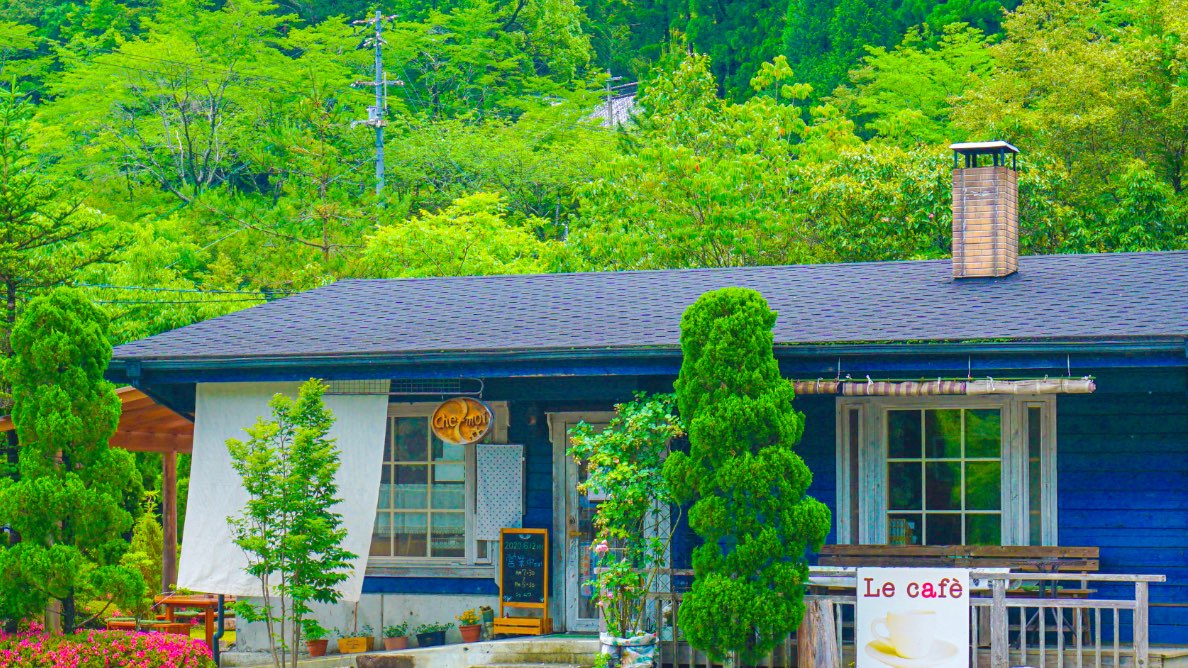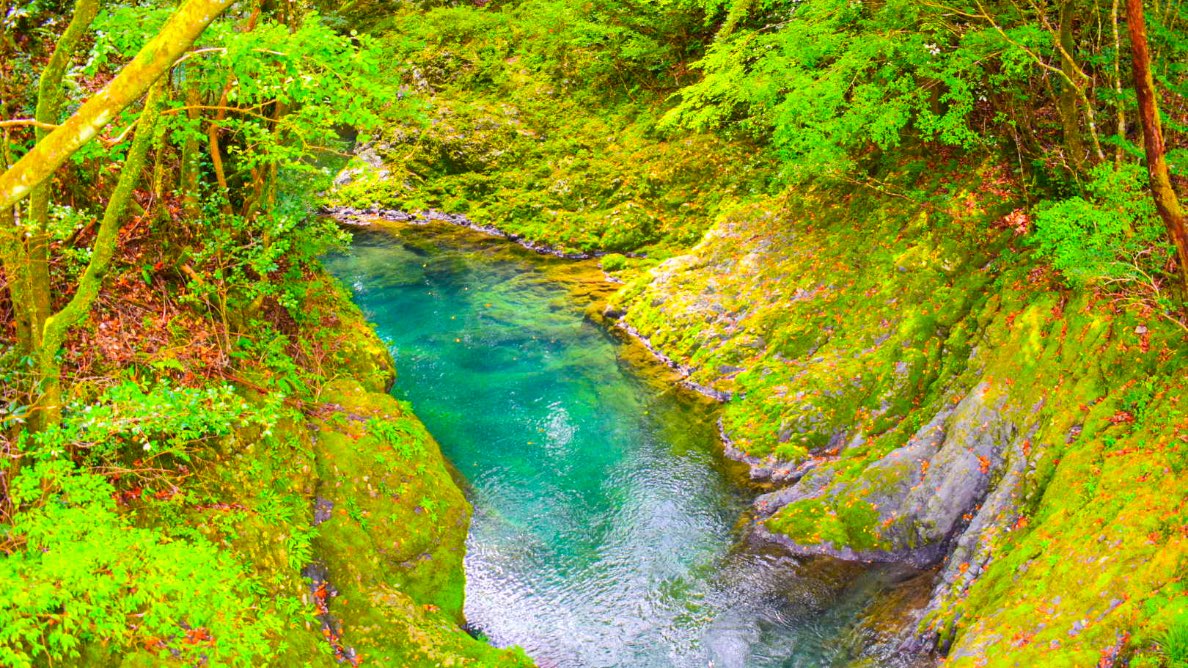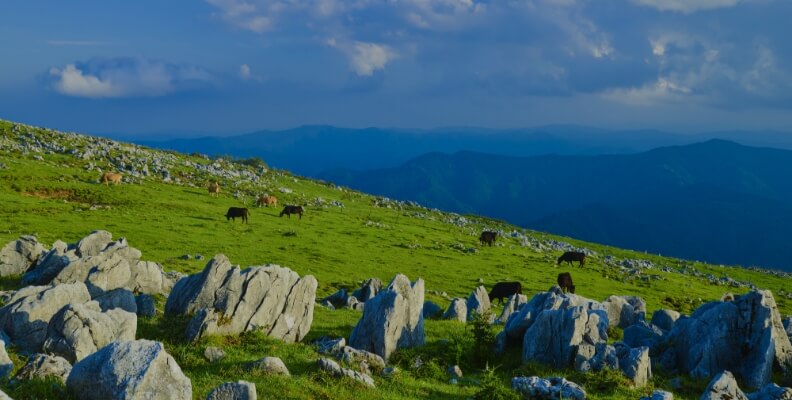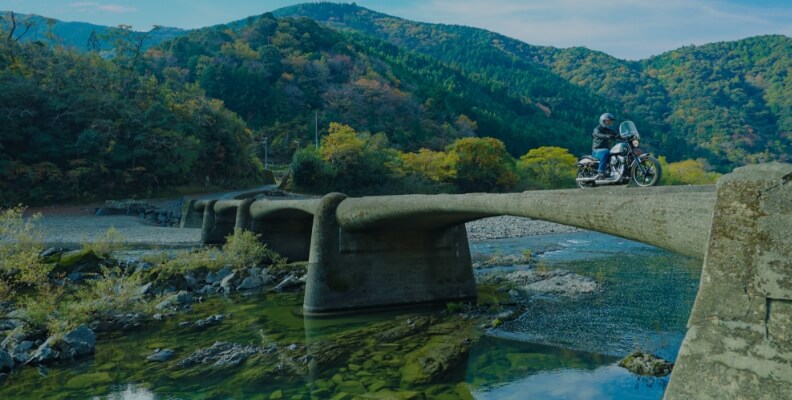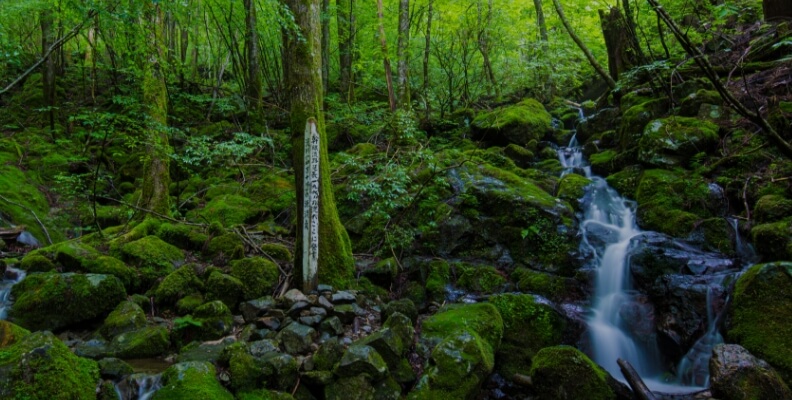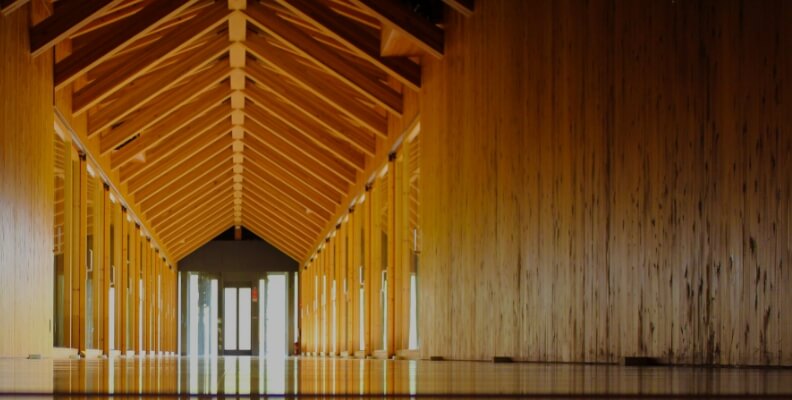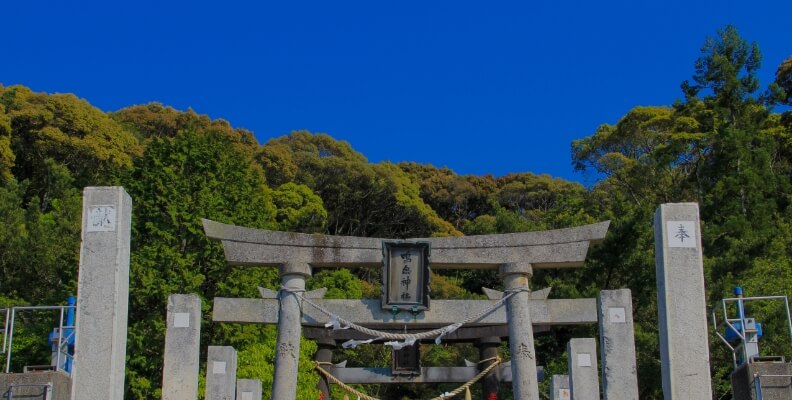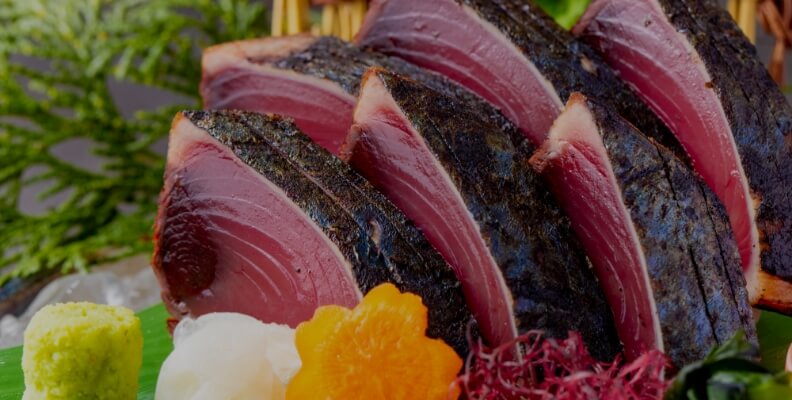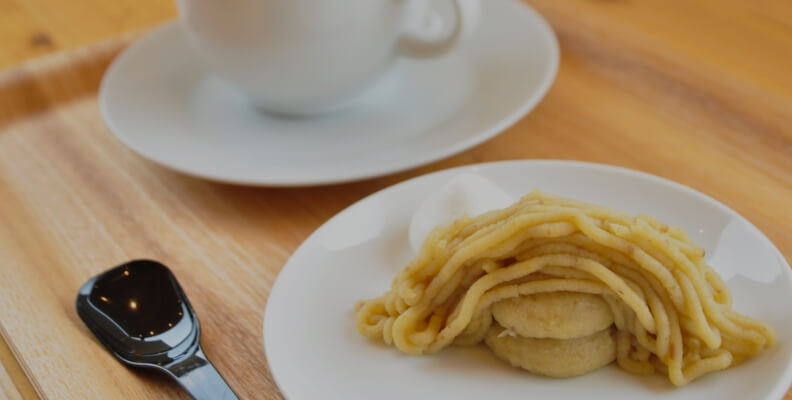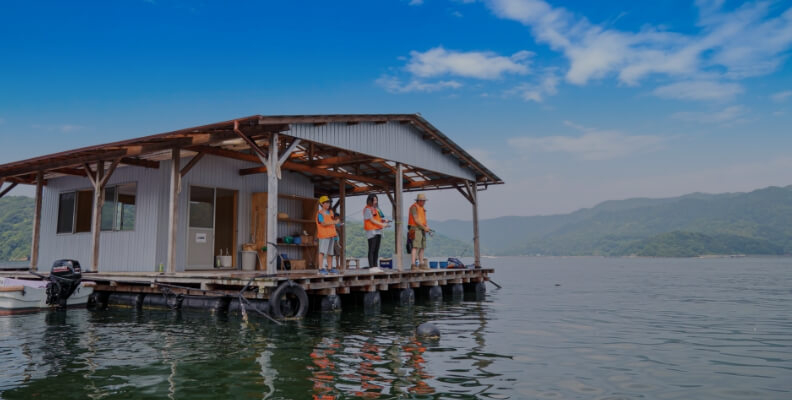Surrounded by the majestic Pacific Ocean and lush mountains, the Oku Shimanto area is dotted with shrines and temples rooted in nature. Among these are shrines that have witnessed famous historical moments and places with mysterious anecdotes, making them a hidden gem for those who enjoy visiting spiritual spots. Come refresh both body and mind in Oku Shimanto!
- A fortune set adrift on the sea? Otonashi Shrine, the Miyajima Shrine of Tosa
- Kamo Shrine, a mermaid shrine where you can buy an original Shinjo-kun amulet
- Kure Hachiman Shrine, a shrine overlooking the sea that is home to one of Tosa's three major festivals where you can ward off evil
- Futana Island, the legendary island carried to Kure Bay by demons
- Accommodations available! Iwamoto Temple, a Shikoku pilgrimage temple whose vivid colors captivate
- Head to the Yakushi Temple of the west to ward off evil. Shiwa Yakushi Temple, one of Shikoku's two major spots for warding off evil
- Inaba Cave, a cave of mystery and adventure near the Shimanto River headwaters
- Just like wandering into a landscape painting. Nagasawa Waterfall, a heart-shaped waterfall for fulfillment in love
- Did Sakamoto Ryoma also pray here? Mishima Shrine, tracing the path of a lordless samurai
- Feel like the protagonist of a fairy tale along Kubotani Therapy Road, a green path of healing

A fortune set adrift on the sea? Otonashi Shrine, the Miyajima Shrine of Tosa
Otonashi Shrine in the city of Susaki was founded during the Kamakura period and features an impressive promenade that extends to the sea. Known as “the Miyajima of Tosa”, here you can see the portable shrine being carried up from boats during its major festival. The main hall has been nationally designated an important cultural property, and the shrine, famous for its matrimonial benefits, offers "fortunes that are set adrift on the sea." These slips are made with environmentally friendly paper that dissolves quickly when placed in the sea. Befitting a shrine rooted in the sea, these fortunes are a must-try during your visit. (Fortunes are available only when the shrine office is open. Please check the opening days before visiting.)


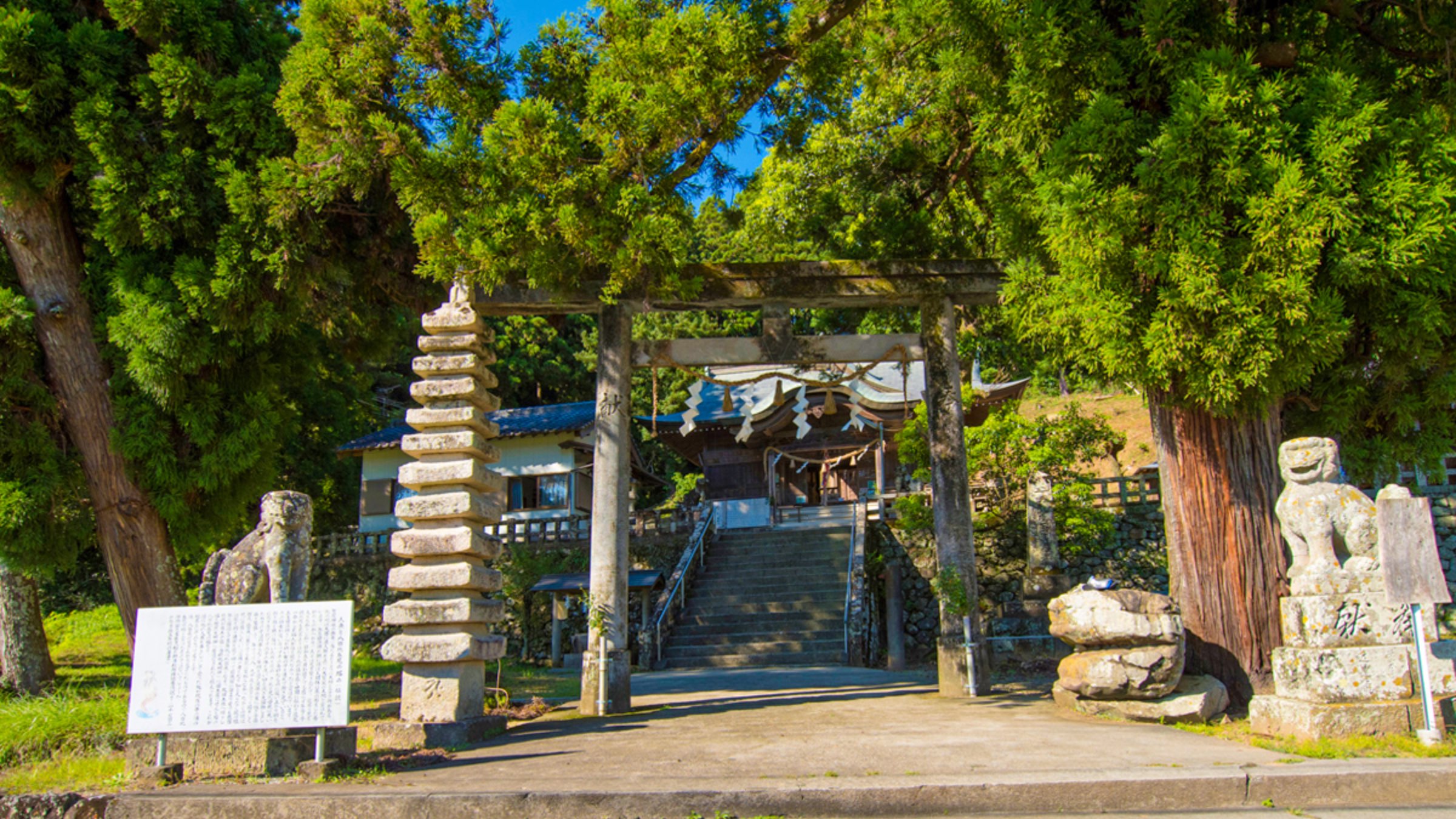
Kamo Shrine, a mermaid shrine where you can buy an original Shinjo-kun amulet
Kamo Shrine, also located in the city of Susaki, is associated with the legend of Yao Bikuni, said to have gained immortality and longevity by eating mermaid flesh. Surrounded by pastoral scenery, this tranquil shrine offers amulets and votive tablets featuring Susaki's city mascot, Shinjo-kun. The autumn festival held every October features the Tachi Odori (“Long Sword Dance”), designated an intangible folk cultural property of Kochi Prefecture. The gallant dance performed by boys is a must-see. (Amulets and votive tablets are available only when the shrine office is open. Please check the opening days before visiting.)
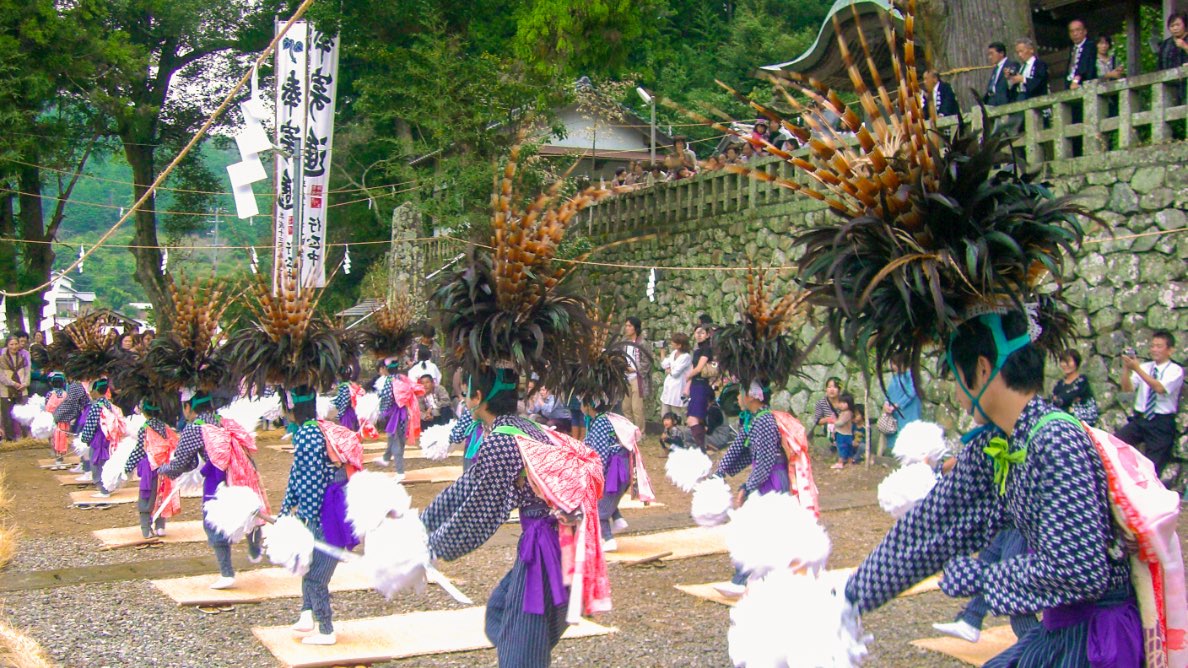
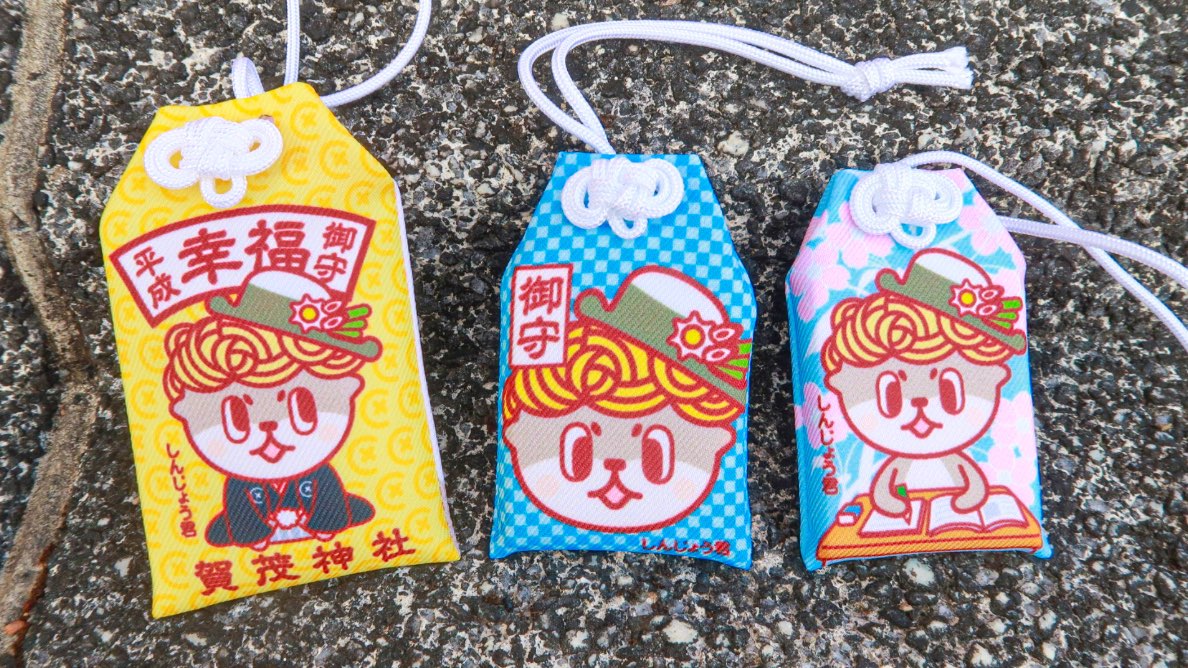
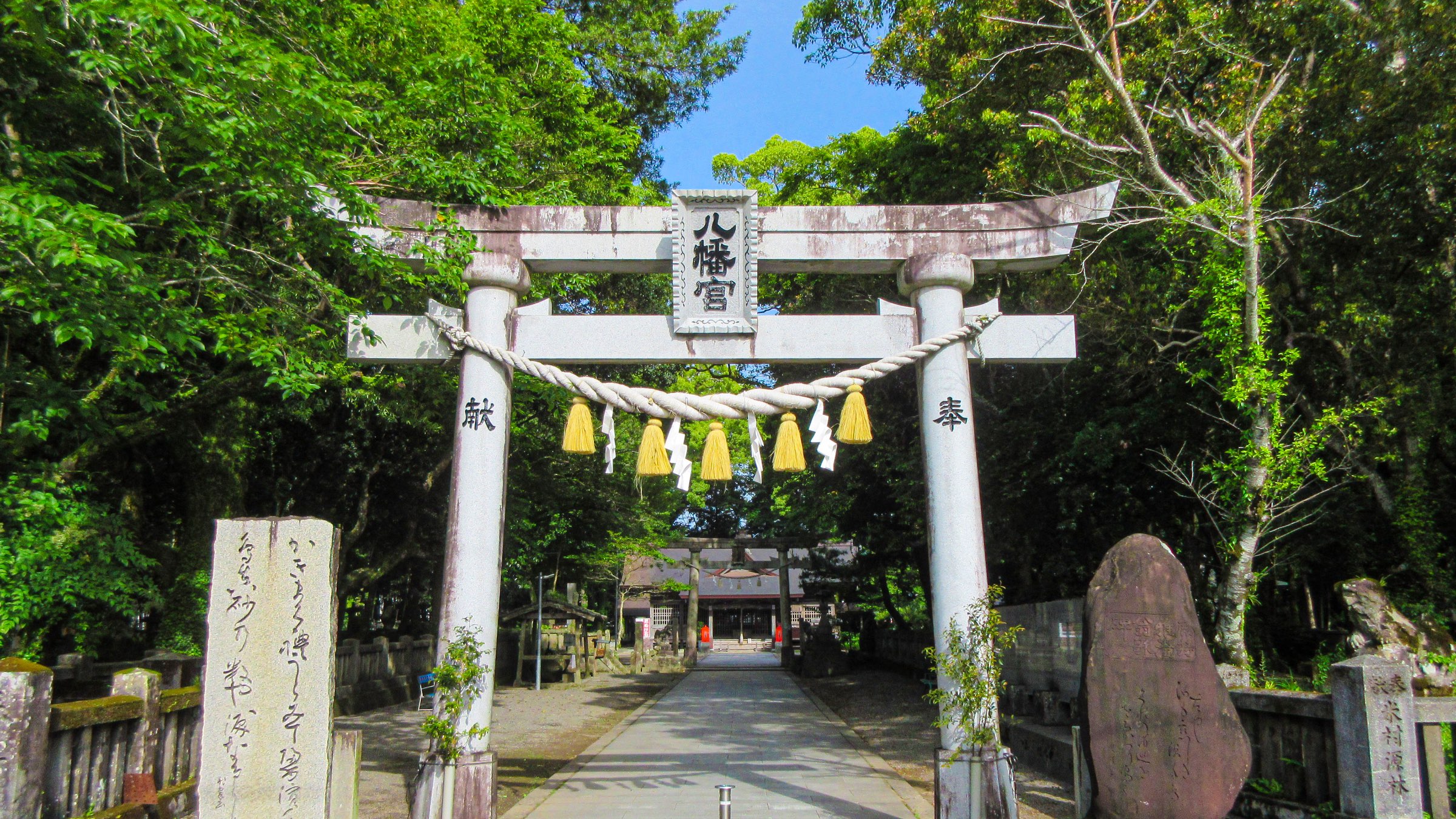
Kure Hachiman Shrine, a shrine overlooking the sea that is home to one of Tosa's three major festivals where you can ward off evil
Located in the town of Nakatosa and drawing visitors both inside and outside the prefecture for its Kure Hachiman Shrine Festival, one of three major festivals of Tosa dating back to the Sengoku period, Kure Hachiman Shrine is a quaint shrine watching over the sea. The main hall is decorated with large votive tablets featuring bonito, fitting for a town famous for bonito, and shows the profound faith of local residents. In contrast to the dynamic fighting drums and the gallant fire festival, this usually tranquil shrine houses a mysterious stone with a hole right through its middle called yakunuke-ishi (“ward stone”). It is said that passing through the hole in the stone will ward off misfortune, and while you may hesitate at the size of the stone first, this out of the way spot is definitely worth a try.
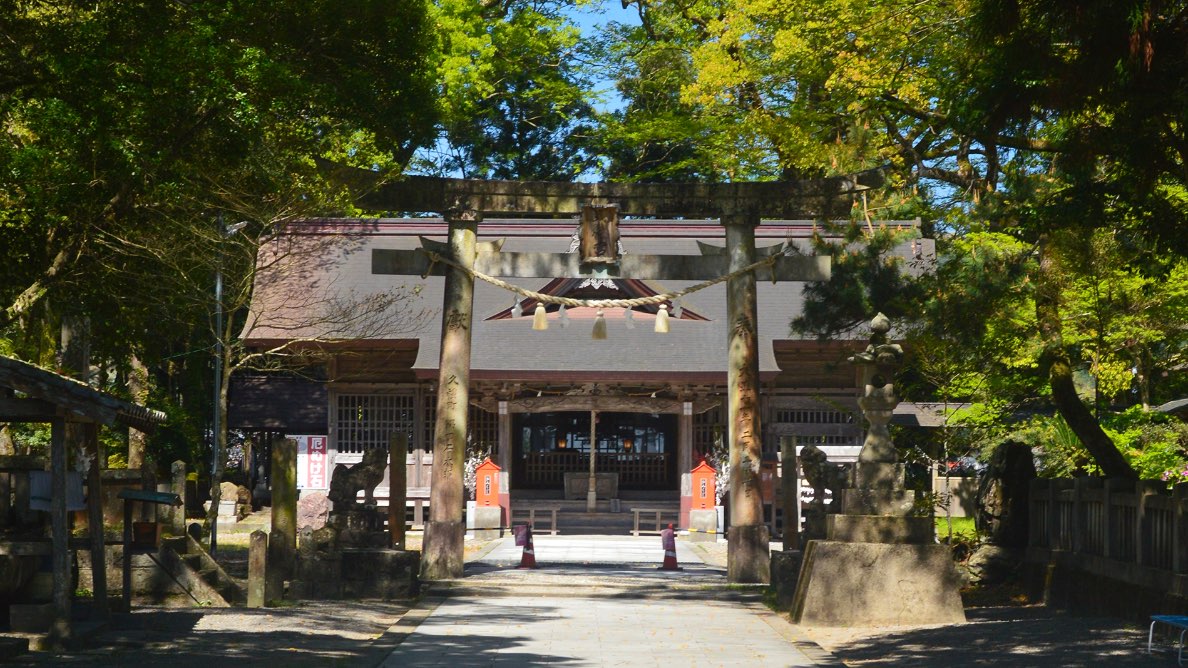
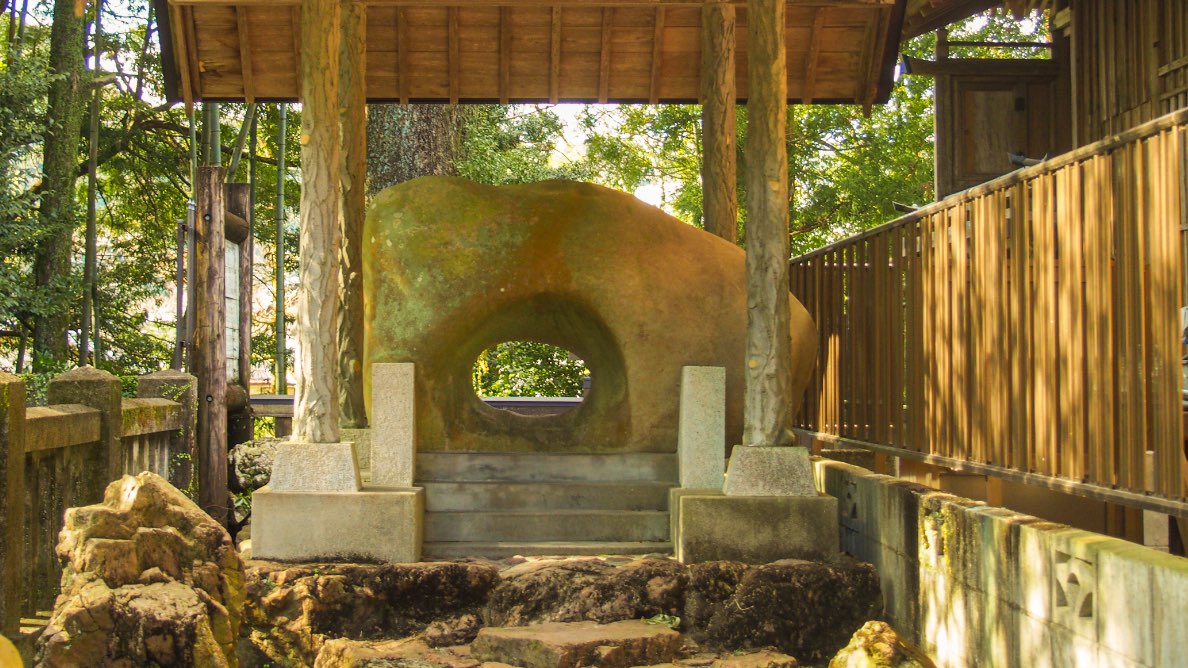

Futana Island, the legendary island carried to Kure Bay by demons
There is another spiritual spot in the town of Nakatosa with a mysterious legend. Futana Island, visible from the Furusato Coast in front of Kure Hachiman Shrine, is a pair of small islands resembling twins that you can approach from the coastline. The mysterious legend of this small island is that, on the coast of Kure, which is tormented by massive waves from typhoons each year, a black demon and its child stuck metal clubs through boulders and carried these to save people. However, the black demon exhausted its strength and ultimately sank into the sea. In fact, on the island, there is a hole believed to be where the demon stuck the club as well as a rock called Eboshi Rock, said to have formed from a small demon that continued crying for its lost parent and turned into a rock. Stop by to feel the power and hear the story of these kind-hearted demons.
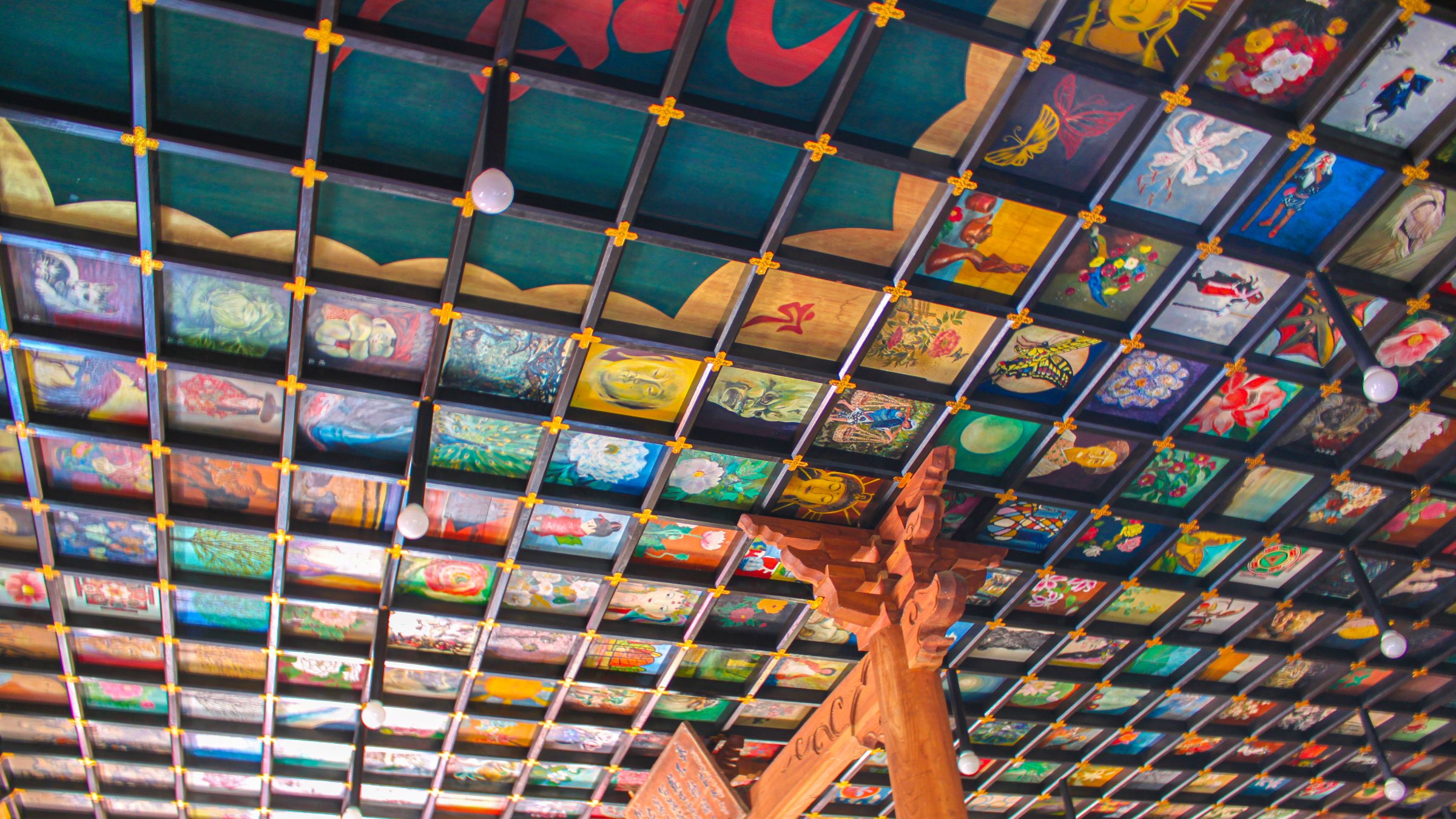
Accommodations available! Iwamoto Temple, a Shikoku pilgrimage temple whose vivid colors captivate
When speaking of spiritual spots in Shikoku, the Shikoku Pilgrimage comes to mind. The ceiling painting in the main hall of Iwamoto Temple, the thirty-seventh temple along the pilgrimage, is breathtaking. Each square of the coffered ceiling is adorned with paintings donated through public offering, for a vivid world of flowers, people, and landscapes right before your eyes. There are some that feature Marilyn Monroe and other unique images. Lodging is also available, and both pilgrims and general visitors may stay overnight. Activities such as morning service and food made with local vegetables are also available.
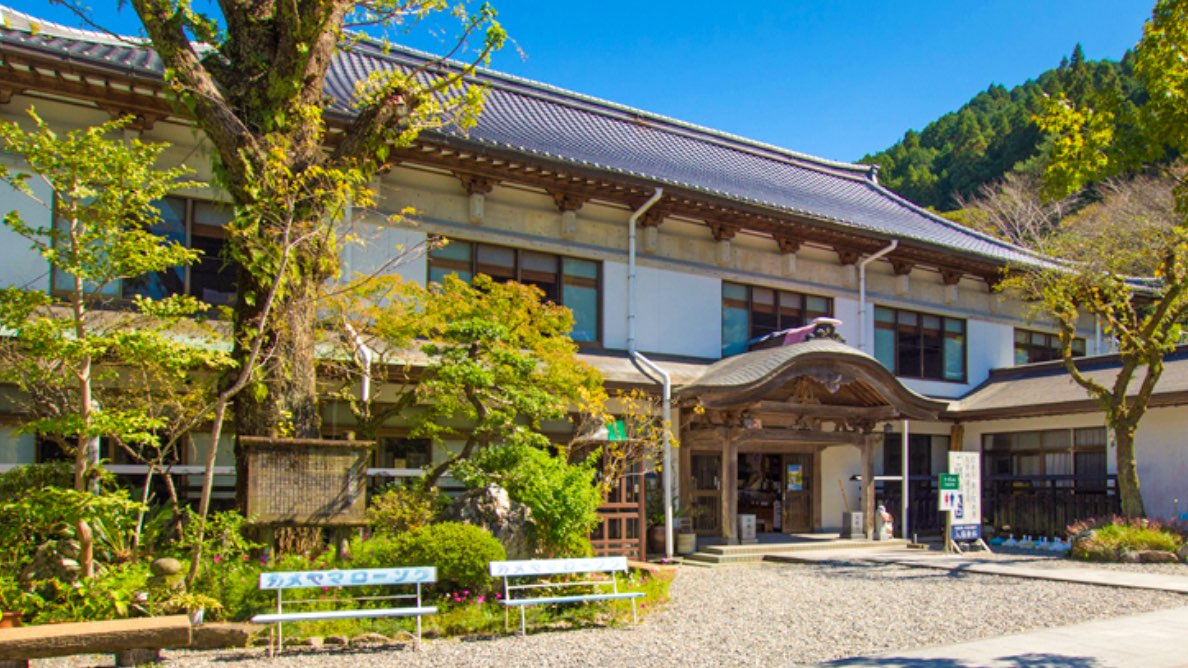
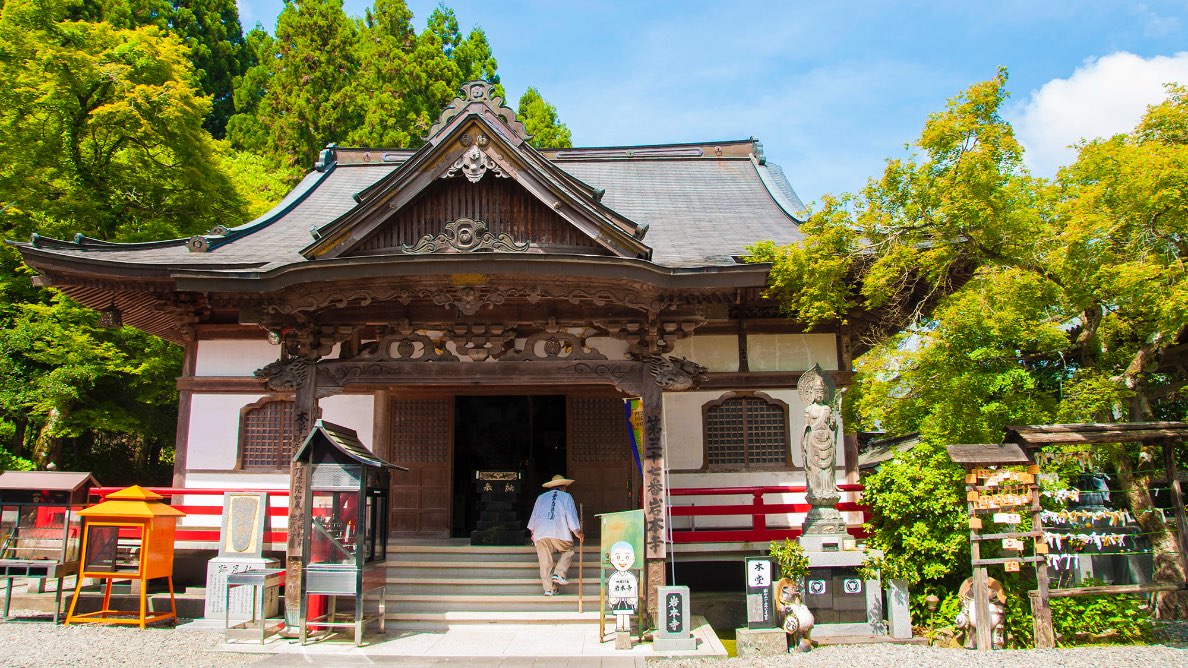

Head to the Yakushi Temple of the west to ward off evil. Shiwa Yakushi Temple, one of Shikoku's two major spots for warding off evil
Like Iwamoto Temple, this temple is also located in the town of Shimanto. Shiwa Yakushi Temple is known as one of Shikoku's two major spots for warding off evil. Although this temple stands quietly in the Shiwa district along the coast, during its major festival on the eighth day of the first month in the lunar calendar, the principal object of worship is unveiled for a ceremony to ward off misfortune, attracting people from Kochi Prefecture and beyond who will be entering an unlucky year according to Japanese superstition. Those wishing to ward off misfortune the day of the festival should visit with plenty of time to spare. On the day of the festival, local products are sold and tea is served, making this place recommended for a leisurely stroll.
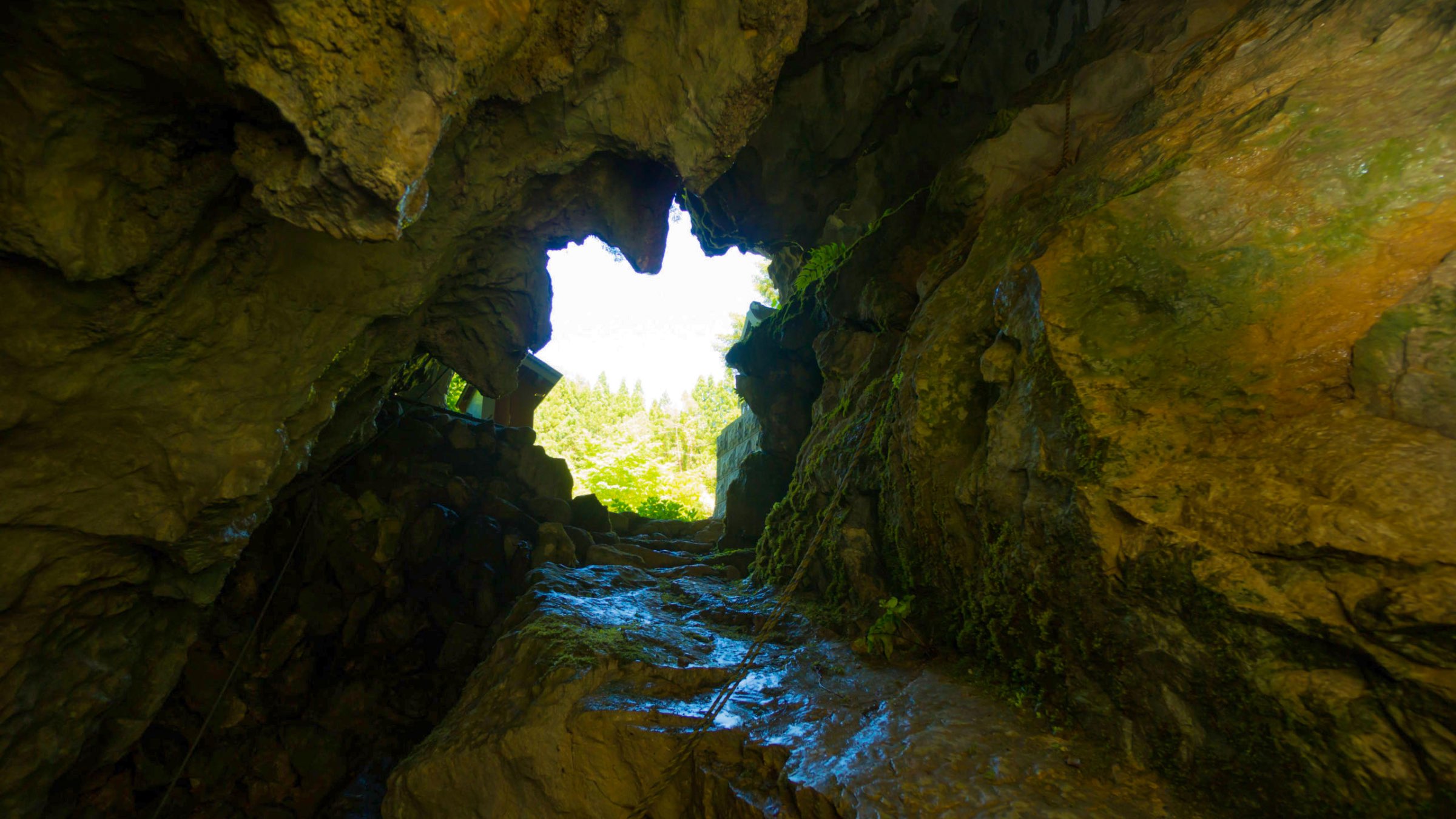
Inaba Cave, a cave of mystery and adventure near the Shimanto River headwaters
One of the major allures of Oku Shimanto is its majestic nature, and Inaba Cave near Irazu Mountain in the town of Tsuno is a place of wild power where you can experience nature through adventure. Inaba Cave is a cave with legends of dragon gods and fugitives of the Heike Clan, and at its entrance is a shrine called Ayahime Ryujin Shrine that creates a sense of peace in combination with the flowing of the clear stream nearby. If you ask for a guide at Shimanto Headwaters Center Seiran no Sato near Inaba Cave, you can explore the cave while observing the Shimanto River that flows through it as well as rocks with fossils still intact. Make sure to visit in clothes that are easy to move in when entering the cave.
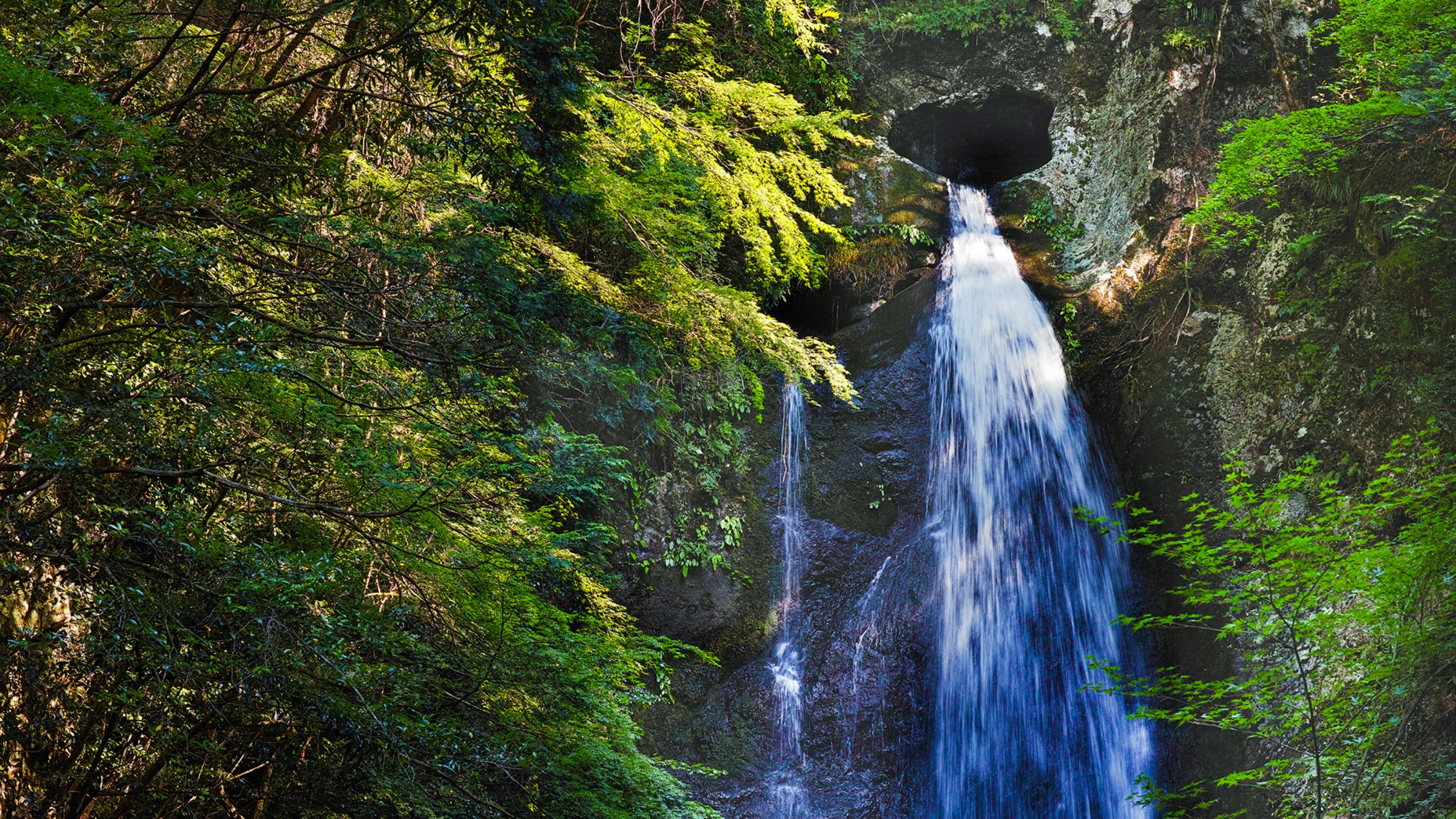
Just like wandering into a landscape painting. Nagasawa Waterfall, a heart-shaped waterfall for fulfillment in love
Known for spiritual spots tied to nature, the town of Tsuno is home to another beautiful waterfall that will make you feel as though you are inside a painting. Called Nagasawa Waterfall, this waterfall is also referred to as the Heart Waterfall because the rock cavity from which the water flows appears heart-shaped, making it popular among women seeking fulfillment in love. The seasonal landscapes unique to this natural spiritual spot are always captivating, but the autumn foliage is a must-see. Refresh both body and mind with vibrant autumn leaves and the negative ions from the Heart Waterfall!

Did Sakamoto Ryoma also pray here? Mishima Shrine, tracing the path of a lordless samurai
Sakamoto Ryoma, the famous hero of the late Edo period. There is a road in the town of Yusuhara that Sakamoto Ryoma is said to have taken when he left his clan. Along this road, known as the Sakamoto Ryoma Dappan no Michi, there are markers indicating the path, which culminates in Mishima Shrine. This shrine features Miyukibashi, a wooden bridge with a roof that serves as the shrine's promenade, and together with the clear river, it has become a popular photo spot. Stopping by a shrine that might have witnessed a moment in history and following the footsteps of a hero who moved late Edo period Japan may be a great experience.


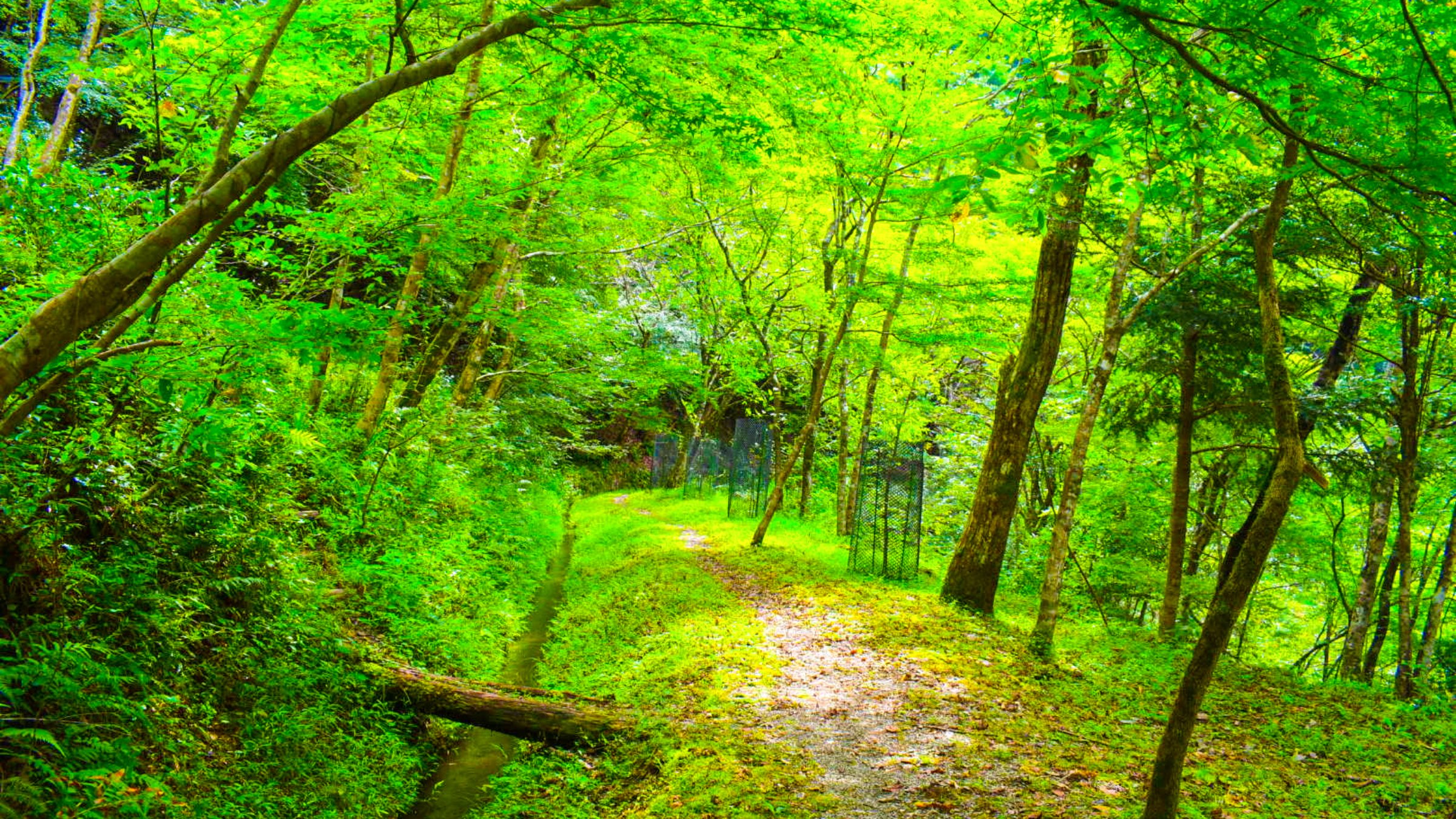
Feel like the protagonist of a fairy tale along Kuboya Therapy Road, a green path of healing
The last spiritual spot presented here is Kuboya Therapy Road in the town of Yusuhara. This green promenade, which uses water channels left by the ancestors, is a relatively gentle route, making it accessible to people of all ages. The path, maintained by local residents who also serve as guides, features cute signs placed at intervals so that even those walking alone will not feel lonely, making this a heartwarming stroll. There is a bakery at the entrance of Therapy Road that looks like something out of a picture book, so you’ll want to stop by after a walk.
